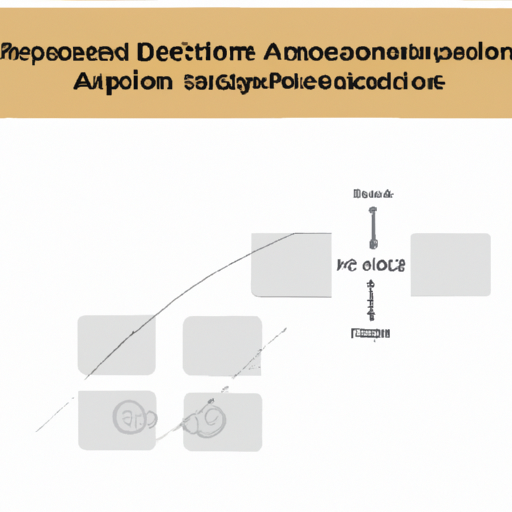Application Development in Vibration Sensors for CFR-25JB-52-120K: Key Technologies and Success Stories
Developing applications for vibration sensors, particularly for a specific model like the CFR-25JB-52-120K, involves several key technologies and methodologies. Here’s an overview of the essential components, technologies, and some success stories in the field of vibration sensing.
Key Technologies in Vibration Sensor Applications
| 1. Sensor Technology | |
| 2. Data Acquisition Systems | |
| 3. Data Processing and Analysis | |
| 4. Wireless Communication | |
| 5. User Interface and Visualization | |
| 1. Predictive Maintenance in Manufacturing | |
| 2. Structural Health Monitoring | |
| 3. Automotive Industry | |
| 4. Energy Sector | |
| 5. Consumer Electronics | |
Success Stories
Conclusion

The application development for vibration sensors like the CFR-25JB-52-120K is a rapidly evolving field that leverages advanced technologies in sensor design, data processing, and IoT integration. Success stories across various industries highlight the potential of these sensors to improve efficiency, safety, and reliability. As technology continues to advance, the capabilities and applications of vibration sensors will likely expand, offering even more innovative solutions.
Future Directions
As the field of vibration sensing continues to evolve, several trends and future directions can be anticipated:
| Enhanced AI Integration: The use of artificial intelligence for more sophisticated data analysis and anomaly detection will become more prevalent, allowing for even more accurate predictive maintenance.Enhanced AI Integration: The use of artificial intelligence for more sophisticated data analysis and anomaly detection will become more prevalent, allowing for even more accurate predictive maintenance. |
| Miniaturization and Cost Reduction: Ongoing advancements in sensor technology will lead to smaller, more affordable sensors, making them accessible for a wider range of applications.Miniaturization and Cost Reduction: Ongoing advancements in sensor technology will lead to smaller, more affordable sensors, making them accessible for a wider range of applications. |
| Increased Focus on Cybersecurity: As IoT devices proliferate, ensuring the security of data transmitted from vibration sensors will become increasingly important.Increased Focus on Cybersecurity: As IoT devices proliferate, ensuring the security of data transmitted from vibration sensors will become increasingly important. |
| Sustainability Initiatives: Vibration sensors will play a crucial role in monitoring and optimizing energy consumption in various industries, contributing to sustainability goals.Sustainability Initiatives: Vibration sensors will play a crucial role in monitoring and optimizing energy consumption in various industries, contributing to sustainability goals. |
By staying at the forefront of these trends, developers and engineers can continue to innovate and create impactful applications for vibration sensors like the CFR-25JB-52-120K.
Application Development in Vibration Sensors for CFR-25JB-52-120K: Key Technologies and Success Stories
Developing applications for vibration sensors, particularly for a specific model like the CFR-25JB-52-120K, involves several key technologies and methodologies. Here’s an overview of the essential components, technologies, and some success stories in the field of vibration sensing.
Key Technologies in Vibration Sensor Applications
| 1. Sensor Technology | |
| 2. Data Acquisition Systems | |
| 3. Data Processing and Analysis | |
| 4. Wireless Communication | |
| 5. User Interface and Visualization | |
| 1. Predictive Maintenance in Manufacturing | |
| 2. Structural Health Monitoring | |
| 3. Automotive Industry | |
| 4. Energy Sector | |
| 5. Consumer Electronics | |
Success Stories
Conclusion

The application development for vibration sensors like the CFR-25JB-52-120K is a rapidly evolving field that leverages advanced technologies in sensor design, data processing, and IoT integration. Success stories across various industries highlight the potential of these sensors to improve efficiency, safety, and reliability. As technology continues to advance, the capabilities and applications of vibration sensors will likely expand, offering even more innovative solutions.
Future Directions
As the field of vibration sensing continues to evolve, several trends and future directions can be anticipated:
| Enhanced AI Integration: The use of artificial intelligence for more sophisticated data analysis and anomaly detection will become more prevalent, allowing for even more accurate predictive maintenance.Enhanced AI Integration: The use of artificial intelligence for more sophisticated data analysis and anomaly detection will become more prevalent, allowing for even more accurate predictive maintenance. |
| Miniaturization and Cost Reduction: Ongoing advancements in sensor technology will lead to smaller, more affordable sensors, making them accessible for a wider range of applications.Miniaturization and Cost Reduction: Ongoing advancements in sensor technology will lead to smaller, more affordable sensors, making them accessible for a wider range of applications. |
| Increased Focus on Cybersecurity: As IoT devices proliferate, ensuring the security of data transmitted from vibration sensors will become increasingly important.Increased Focus on Cybersecurity: As IoT devices proliferate, ensuring the security of data transmitted from vibration sensors will become increasingly important. |
| Sustainability Initiatives: Vibration sensors will play a crucial role in monitoring and optimizing energy consumption in various industries, contributing to sustainability goals.Sustainability Initiatives: Vibration sensors will play a crucial role in monitoring and optimizing energy consumption in various industries, contributing to sustainability goals. |
By staying at the forefront of these trends, developers and engineers can continue to innovate and create impactful applications for vibration sensors like the CFR-25JB-52-120K.











